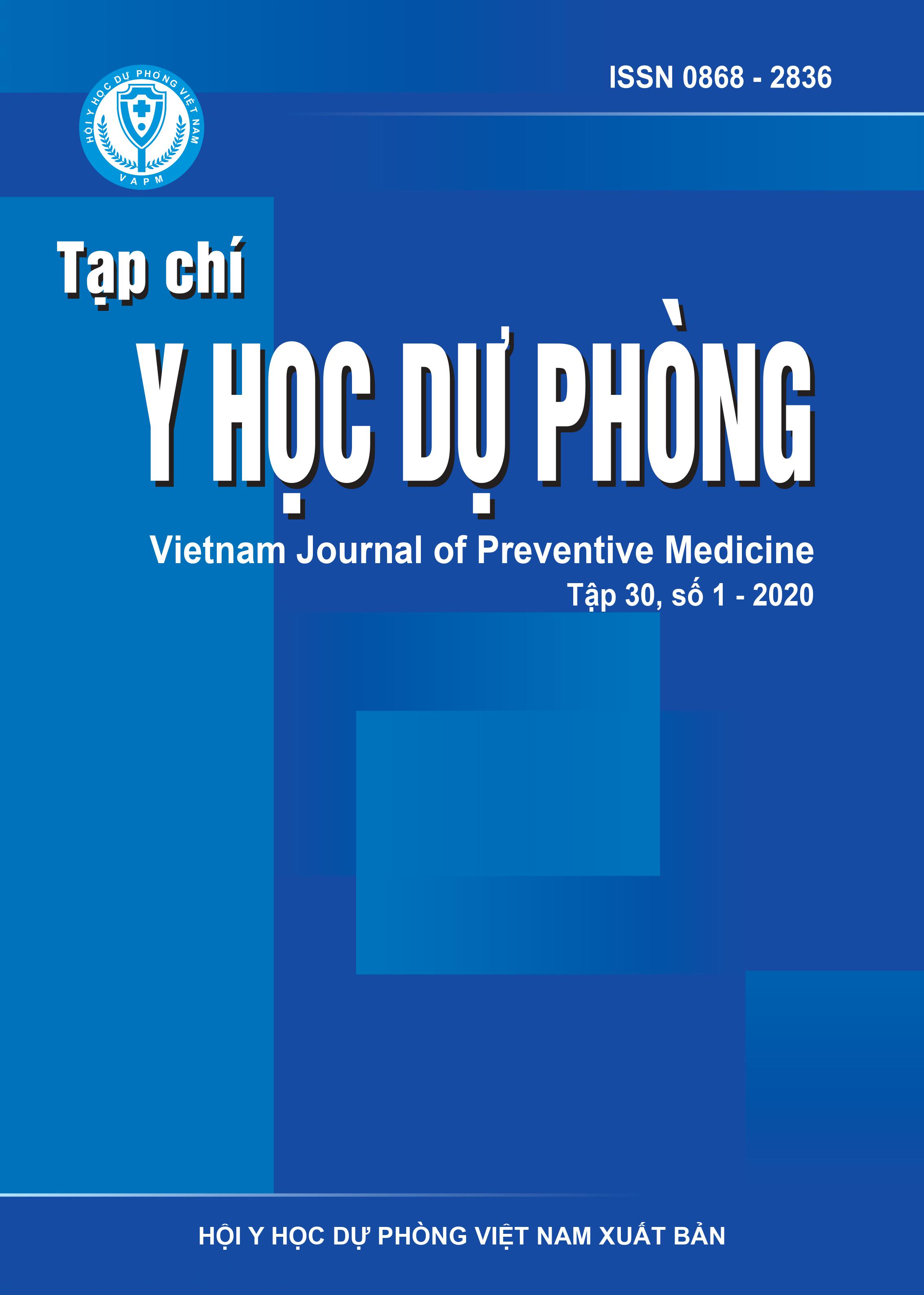Sharing needles and associated factors among PWID in Southern Vietnam, 2019
DOI:
https://doi.org/10.51403/0868-2836/2020/296Keywords:
Sharing needles, PWID, southern VietnamAbstract
This cross-sectional survey among 1,601 PWID aged 16 years and older in the community of 7 provinces implementing HIV sentinel surveillance (HSS) in the Southern Region Vietnam in 2019 including Ho Chi Minh City, Ba Ria- Vung Tau, Binh Duong, Dong Nai, An Giang, Kien Giang and Can Tho was conducted, to determine the rates of needles and syringes sharing and describe factors related to needle sharing behaviors. Results showed that percent of sharing needle in lifetime, in the past
6 months and in the past month was 34.2%, 14.7% and 9.2%, respectively. Multivariate analysis showed 6 factors associated with increased needle sharing behaviors: (1) PWID in BD, CT, KG & HCMC (compared to those in AG); (2) those who frst shared needles at age above 15 years; (3) PWID whose injection in the past month > 30 times; (4) PWID who regularly used condoms with their wives (compared to those who never used condoms); (5) PWID who had sex with female sex workers (FSW) and (6) PWID who used telephone to communicate with their fellow PWID. Additionally, four factors were found to be associated with reduced needle sharing behaviors, including: (1) those who had a wife or live-in partner (compared to single PWID); (2) PWID who were away from home ≥1 months; (3) those who received free condoms/syringes; (4) and those who declined answering their partner HIV status. Associated factors found in the study should be taken into consideration when planning interventions to minimize needle sharing behaviors among PWID.
Downloads
Downloads
Published
How to Cite
Issue
Section
License
Publication License No 150/GP-BTTTT signed on May 8, 2014;
Electronic Publication License No 322/GP-BTTTT signed on June 15, 2016.


